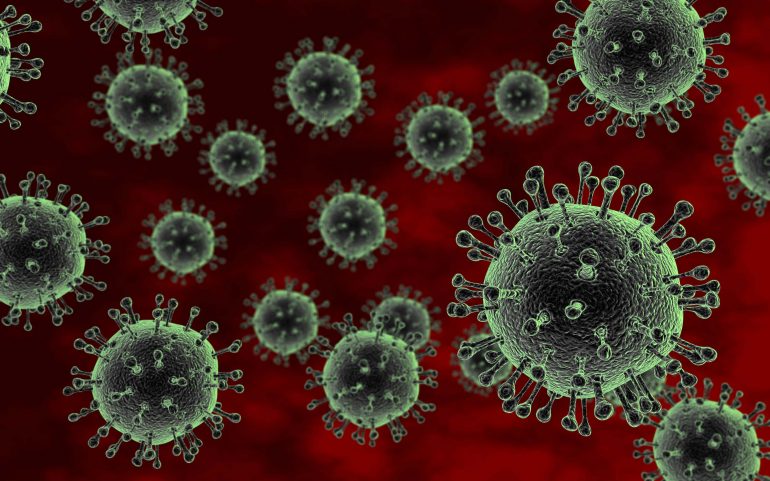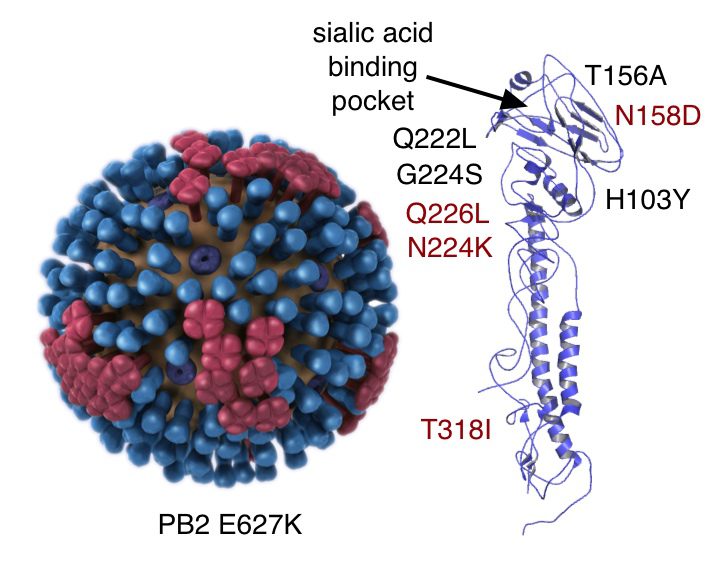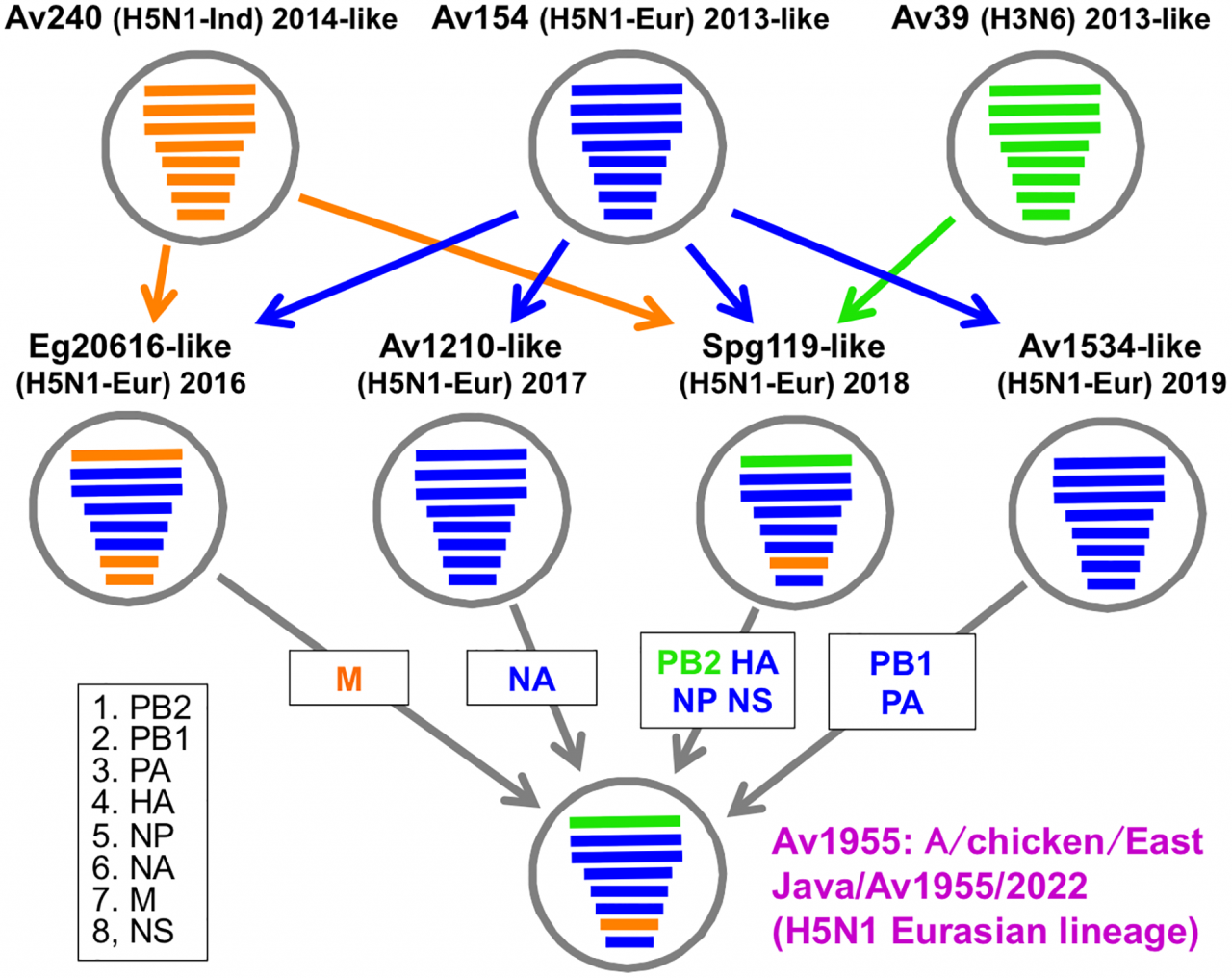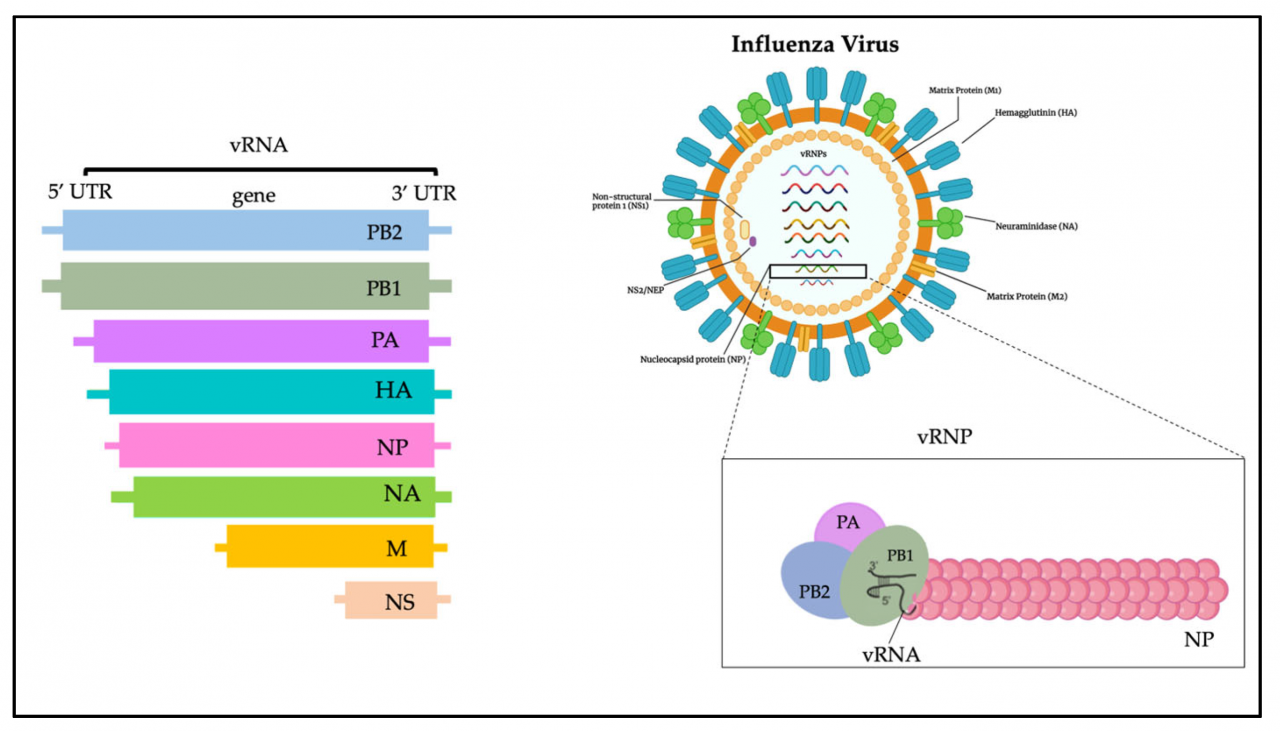
H5N1 airborne, a highly pathogenic avian influenza virus, poses a significant threat to human health and global public health systems. Understanding the transmission, symptoms, diagnosis, treatment, and preventive measures associated with H5N1 is crucial for mitigating its impact and protecting human lives.
This article provides a comprehensive overview of H5N1 airborne, exploring its transmission dynamics, clinical manifestations, diagnostic and therapeutic approaches, and public health interventions aimed at preventing and controlling outbreaks.
Transmission of H5N1

H5N1, a highly pathogenic avian influenza virus, primarily infects poultry and wild birds. Transmission to humans occurs through direct or indirect contact with infected animals or contaminated environments.
Direct transmission can occur through:
- Contact with infected birds, their secretions, or feces
- Handling or consuming undercooked poultry products
Indirect transmission can occur through:
- Contact with contaminated surfaces or objects
- Inhalation of aerosolized virus particles
The transmission rate of H5N1 is influenced by factors such as the strain of the virus, the immune status of the host, and the level of exposure.
Symptoms and Clinical Manifestations of H5N1

H5N1 infection in humans can range from mild to severe, with an incubation period of 2-7 days. Symptoms can include:
- Fever and chills
- Cough and sore throat
- Muscle aches and weakness
- Headache and dizziness
- Gastrointestinal symptoms (nausea, vomiting, diarrhea)
Severe cases can progress to pneumonia, acute respiratory distress syndrome (ARDS), and multi-organ failure. Complications can include sepsis, shock, and death.
Diagnosis and Treatment of H5N1
Diagnosis of H5N1 infection is based on clinical evaluation, laboratory testing, and epidemiological investigation.
Laboratory testing includes:
- Viral culture
- PCR (polymerase chain reaction)
- Antigen detection
Treatment for H5N1 involves antiviral medications, such as oseltamivir and zanamivir. Supportive care measures include oxygen therapy, mechanical ventilation, and management of complications.
Prevention and Control of H5N1: H5n1 Airborne

Prevention and control of H5N1 outbreaks rely on public health measures, including:
- Vaccination of poultry
- Surveillance and early detection of outbreaks
- Quarantine of infected areas
- Personal protective equipment (PPE) for healthcare workers and individuals handling poultry
- Good hygiene practices, including handwashing and avoiding contact with infected birds
Impact of H5N1 on Human Health and Society

H5N1 has caused sporadic outbreaks in humans, resulting in significant mortality rates. The virus has also had a substantial economic impact due to losses in the poultry industry and trade restrictions.
Outbreaks can lead to fear and stigma, affecting social and psychological well-being. Ethical considerations arise regarding H5N1 research and pandemic preparedness.
Epilogue

As H5N1 continues to circulate in animal populations and poses a potential threat to human health, ongoing research, surveillance, and international collaboration are essential to enhance our understanding of the virus and develop effective strategies for pandemic preparedness and response.





